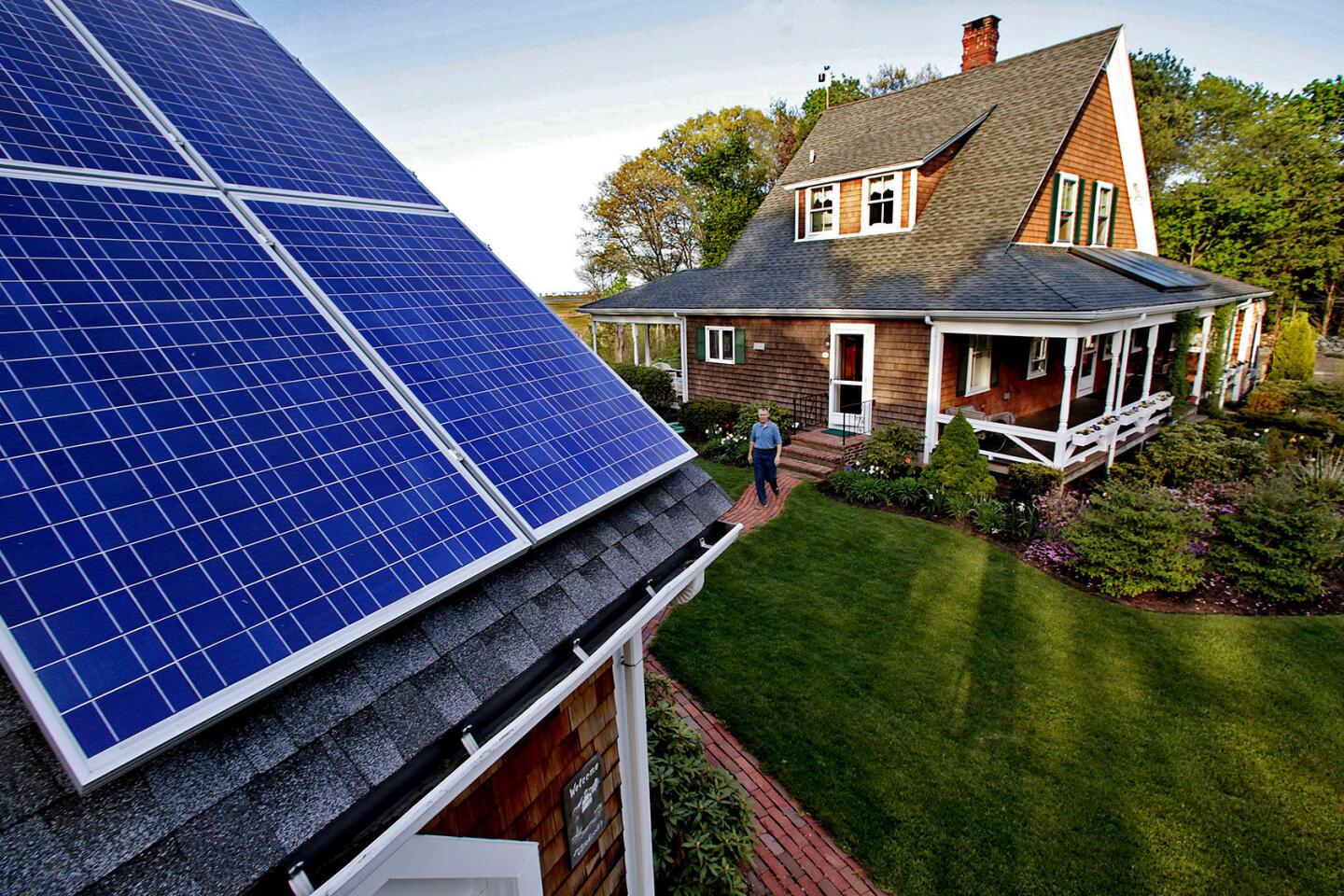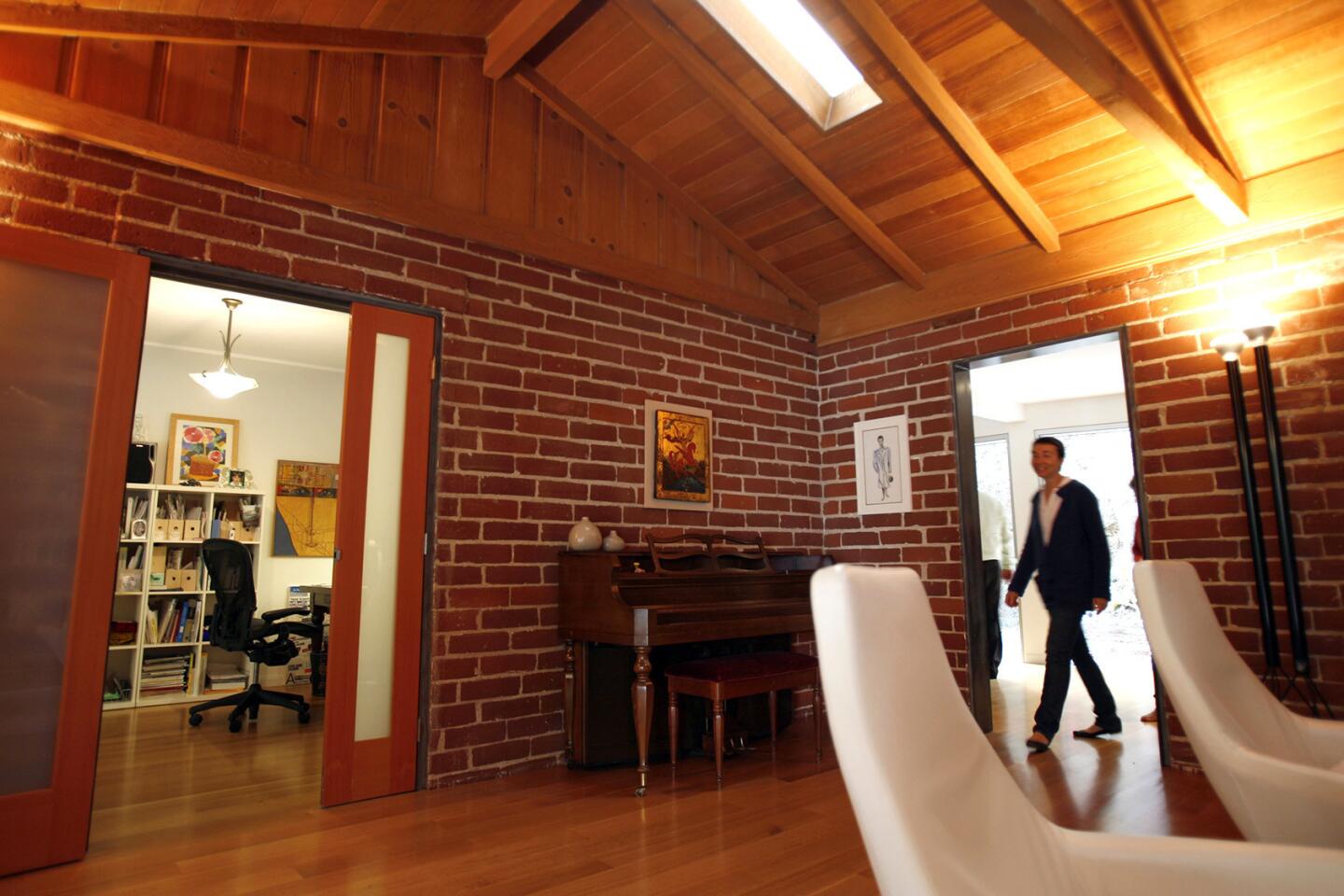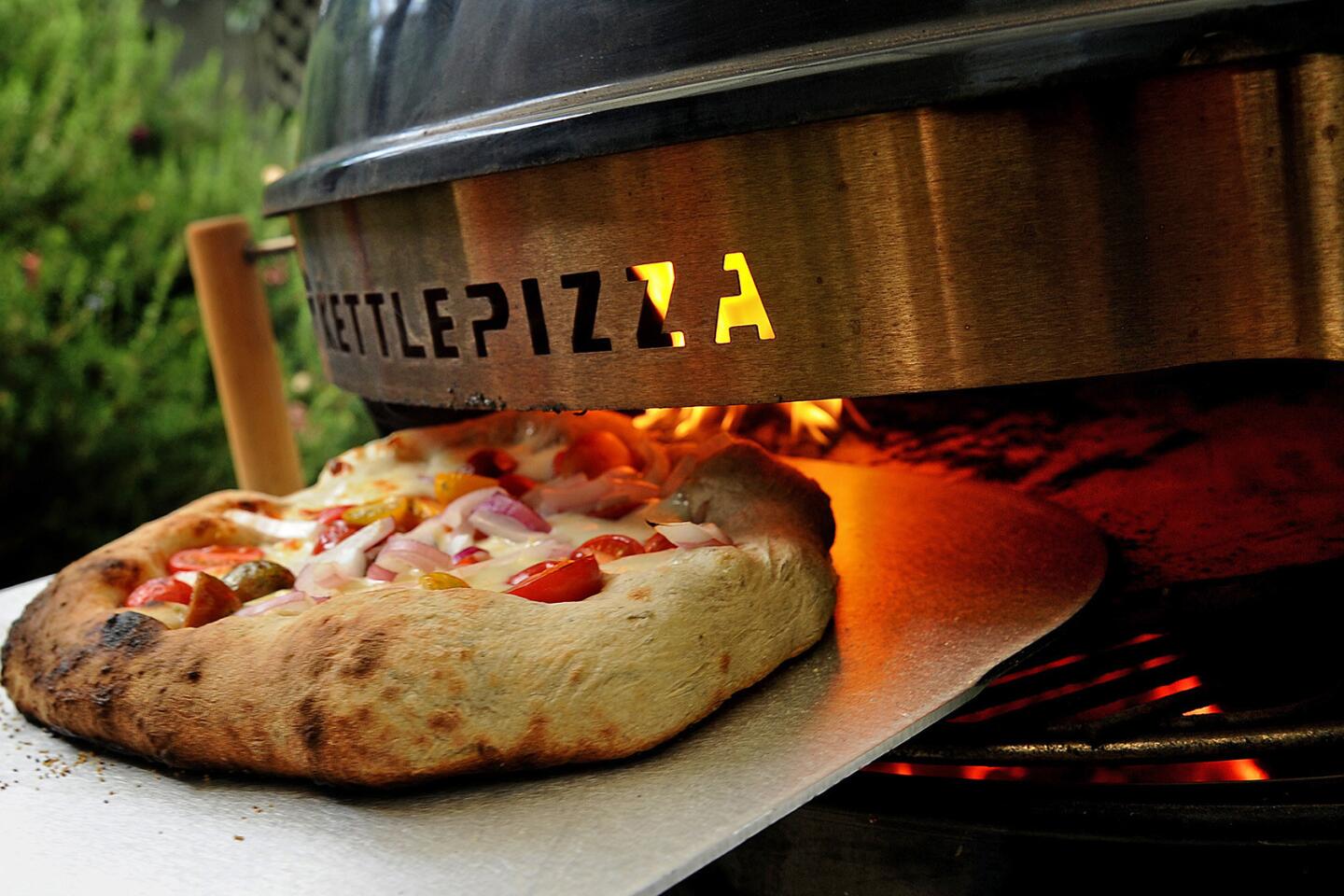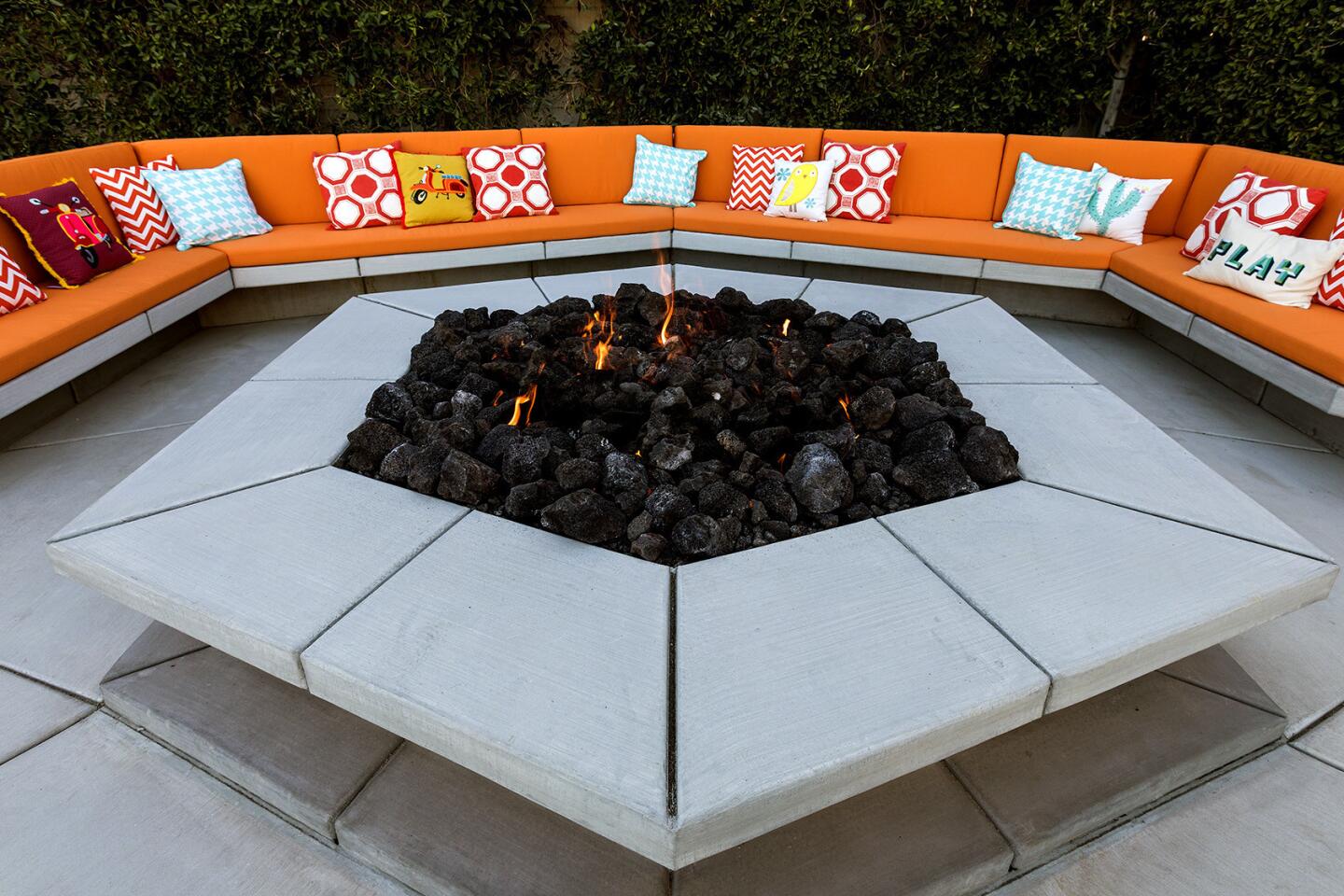How the right words in listings can boost a home’s sales price
- Share via
In real-estate listings, certain words (beautiful, captivating) and features (pizza oven, farmhouse sink) can swing a home’s sale price by thousands of dollars, according to research conducted by the real-estate firm Zillow.
Crafting verbiage for a listing is all about making a home seem unique –– just don’t use that word. It can slash a home’s price by 30% to 50%, according to a Zillow analysis of 24,000 sales published in “Zillow Talk: The New Rules of Real Estate Language.”
“Unique” and other “price-threatening messages” convey the idea that homes “tend to need work, or some kind of rehab,” according to the book’s co-authors.
On the other hand, the words “beautiful” and “captivating” can boost sales by 2.3% and 6.5%, respectively.
Words and sales prices are “not necessarily a causational situation,” said Matt Kreamer, Zillow’s manager of data public relations. “It’s a bit of a chicken-and-egg question. But an agent can take some of this information when considering the best things to highlight.”
Indeed, crafting evocative language is perhaps a neglected skill in an era when homes can be bought sight unseen following a FaceTime or Skype walk-through.
Does your home have a steam shower or heated floors? If so, mention that near the top of a listing; including either feature earned sellers a 29% higher sales price than listings without them, according to Zillow’s analysis of 3.6 million home sales between 2016-2017.
The words “professional appliances” also ranked as high, and “pizza oven” served up some serious dough –– 26% more.
Advances in text-mining software have made word analysis of millions of listings comparatively easy. To be more specific in its study of 100 listing terms from 2016-2017 listings, Zillow compared similar listings within certain variables such as the year homes were built and sold, as well as property size and other factors.
In a separate study, different features scored better or worse when matched with price points. Listings that included “solar panel” sold for up to 40% more than expected among entry-level homes but only 13% more among higher-tier homes. The RealEstate.com study (a Zillow Group brand) analyzed 1.9 million home sales between 2016 and 2017.
The words “fire pit,” “wainscot,” “pergola” and “mudroom” fetched entry-level homes about a 25% premium. For top-tier homes, that advantage dropped to as low as 4%.
Words may also speed up sales: Homes with “exposed brick” in listings sold two weeks faster in 2016-2017 than those that excluded the descriptor. Other sale-speeding citations — “subway tile,” “open shelving” and “mid-century.”
Of course, such components actually need to exist within those homes. Fudging descriptions in listings only annoys potential buyers.
While Zillow associated an 8% premium increase with the word “luxurious,” some marketers believe the adjective is passé.
“It’s so overused by the real-estate industry,” said Mike Akerly, vice president of the San Francisco-based real estate sales and marketing firm Polaris Pacific. ‘“Luxury’ is used to sell $700,000 homes in the suburbs, to $2,000 rental apartments off the 405 freeway.”
Instead, some sellers employ language that merely suggests luxury to today’s homebuyer, without saying the word. For example, targeting a niche audience by touting an app that automates all home functions.
The marketers of condominiums in Ten50, a downtown Los Angeles residential tower, said they wanted to mimic the “style, swagger and wit” of a luxe fashion magazine in their sales brochure.
Fashion models — one eating at a food truck, another simply looking cool striding around downtown — parade through the lustrous pages.
The copy mentions “the first-ever delivery-ready drone landing pad” (“Place an order. Watch it land.”).
As many real estate listings would describe it: luxury, redefined.
More to Read
Sign up for Essential California
The most important California stories and recommendations in your inbox every morning.
You may occasionally receive promotional content from the Los Angeles Times.










